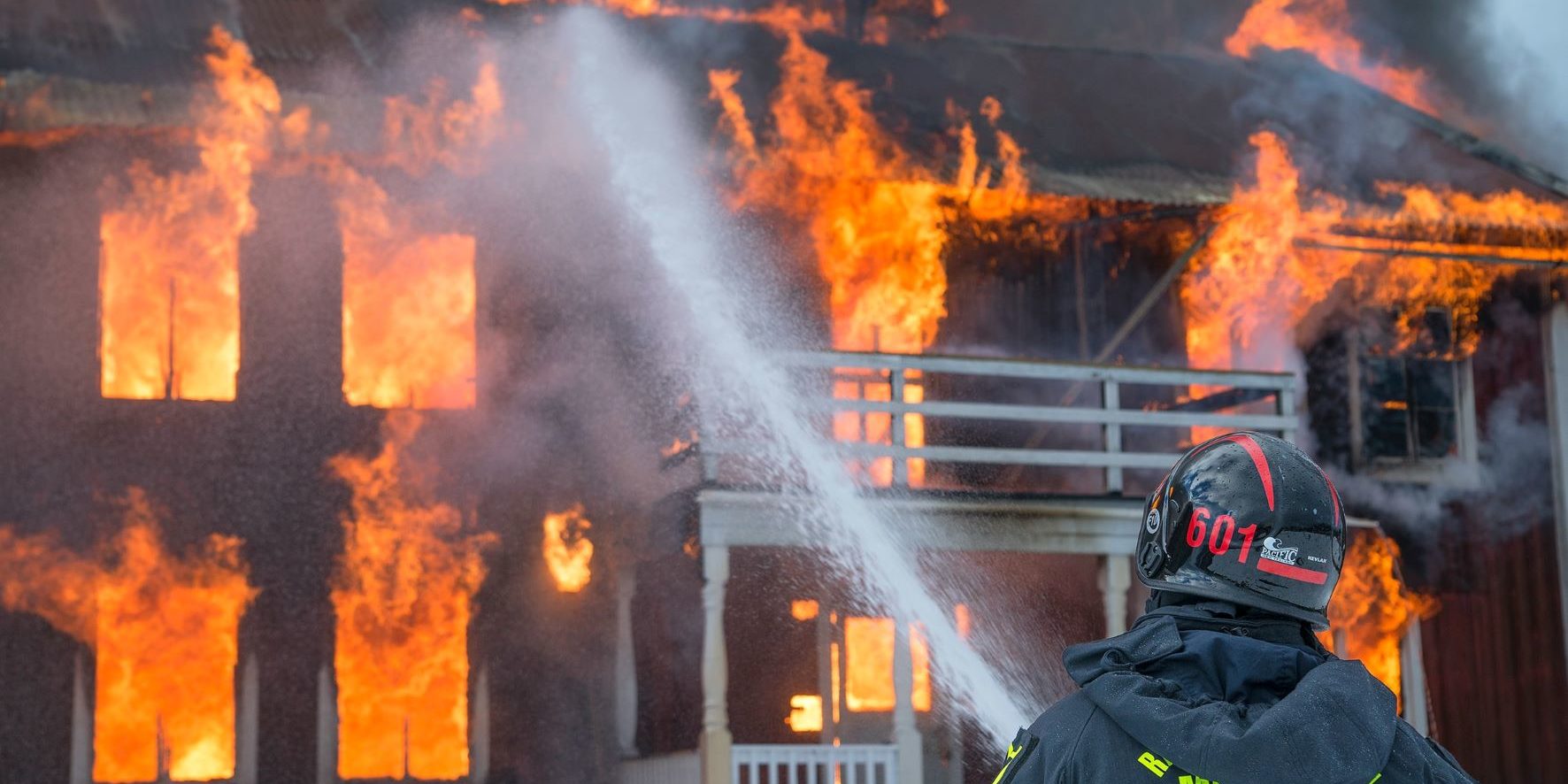As natural disasters continue to increase in number and severity, and insurers pay out record amounts of claims for damaged homes in many parts of the country, home insurance in Lancaster SC is on the rise. In recent years, that’s prompted some homeowners to hunt for the lowest possible premium they can find, but that can end up costing them more than they expected.
Shopping for insurance based on price alone can have a number of consequences:
- Poor coverage and exclusions that may absolve the insurer from paying all or a portion of the claim.
- Insufficient coverage – or insurance with low payout limits that may not cover all the damage.
- Insurance with a poorly rated carrier that may not be as diligent about paying claims as other insurers.
Many homeowners may be tempted to shop around, especially as some insurers have pulled out of areas they live in. This has started happening in some parts of the country that have been hit with nearly annual catastrophes. But, some people have learned the hard way that lower premiums can come with a price. Many people will go underinsured during some catastrophes because they may have focused too much on price in exchange for lower coverage. Even with an additional 50% cushion that most homeowner’s policies give, many people are still not able to rebuild their homes after they are destroyed. The danger here is that price-shopping may leave you short because it forces your agent to cut corners and coverage to get to a premium level that you are looking for.
How to avoid coming up short
When shopping for homeowner’s insurance, make sure your policy’s coverages and limits are adequate and appropriate for your situation.
When working with us, you should focus on these five areas:
Choosing between replacement cost or actual cash value
Actual cash value is the cost to repair your home or replace your belongings, less a deduction for a decrease in value due to age, wear and tear, and other factors. Replacement cost is the actual cost to repair or replace your property with items of equivalent quality and kind at current market value.
The total insured value
If you want your home rebuilt as close as possible to the way it was, you need a policy that that will cover the full replacement cost of your home – not the property’s market value or the amount you paid for it. If the home structure is underinsured, you may not be paid enough to rebuild.
Home contents
Most homeowner’s policies cover your personal belongings at a percentage (usually 50-70%) of the amount your dwelling is insured for. So if your home is insured for $200,000, and your policy covers contents at 50%, your contents are insured for $100,000 if there is a total loss.
Watch out for policies that have only 25% content coverage or none at all. Believe it or not, those policies are floating around in the market.
Water back-up coverage
A standard homeowner’s policy usually covers damage caused by faulty plumbing, heating or air conditioning. But you should make sure the policy has water back-up coverage if the damage comes from outside of your property, like if there is a sewer back-up into your home.
This is common in hurricane-prone states. It is not flood coverage.
Wind and hail deductible
Check to see if the deductible for wind and hail damage differs from your standard deductible.
The takeaway
While you don’t want to pay too much for a policy, don’t make the mistake of underinsuring your most valuable asset. Also, don’t be swayed by offers of extraordinarily low premiums. There is usually a catch: being that you will be left holding the bag for a portion of the loss.
*If you have an insurance need, we have a solution. We provide solutions for home & auto, health and Medicare insurance, life & dental coverage, employee benefits and commercial insurance. Give us a call at 803-286-1161.








